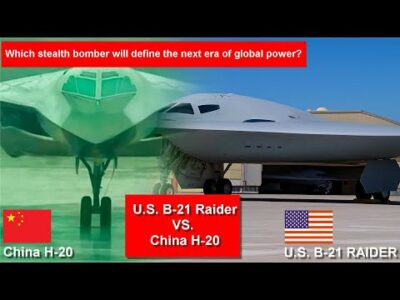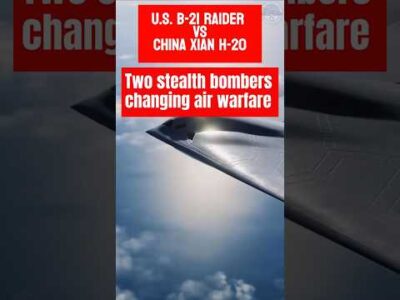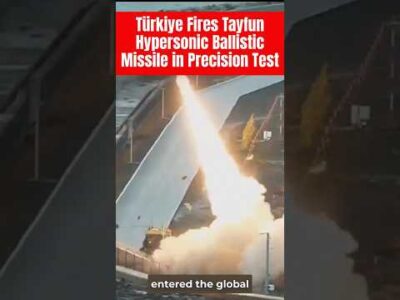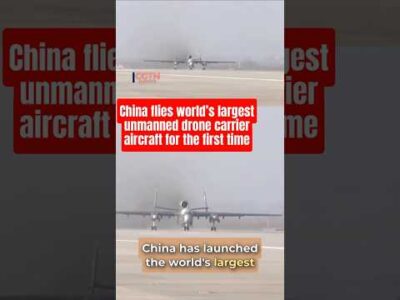Units and personnel from the U.S. Navy and the Japan Maritime Self-Defense Force (JMSDF) concluded a Bilateral Advanced Warfighting Training (BAWT) exercise, March 6.
BAWT is an annual bilateral training exercise that improves the partnership between U.S. and Japanese forces. This year’s exercise, which began March 1, focused on enhancing readiness and interoperability of coalition forces of the U.S. and JMSDF, with a special focus on coordinating strategies and tactics in an all-domain environment.
“Every opportunity we have to sharpen our combined lethality with the Japan Maritime Self-Defense Force is invaluable to our forward deployed forces,” said Capt. Chase Sargeant, commander, Destroyer Squadron 15. “Exercises like BAWT reinforce the strength of our alliance and serve to bolster regional security and stability in the Indo-Pacific region.”
The United States and Japan have forged a relationship built on a shared vision of a free and open Indo-Pacific, and regularly conduct bilateral exercises and operations to strengthen regional adherence to international norms.
Participants included USS John S. McCain (DDG 56), USS Benfold (DDG 65), JS Ise (DDH 182), JS Shiranui (DDG 120), JS Harusame (DD 102), and various support ships.
“We are very pleased to have a bilateral exercise ‘BAWT 2021’ with the U.S. Navy,” said Capt. Yosuke Inaba, commander, Escort Division Six. “Bilateral exercises such as BAWT 2021 always help us improve our tactical skills and the interoperability between the JMSDF and the U.S. Navy. I am really looking forward to working with Destroyer Squadron (DESRON) 15 and gaining successful results.”
Bilateral Advanced Warfighting Training (BAWT)
Training exercises like BAWT 2021 help develop regional capabilities between U.S. Navy and JMSDF. These capabilities provide layered defensive options aimed at protecting joint interests and those of their allies and partners. The participating forces exercised a wide range of capabilities and demonstrated the inherent flexibility of our combined forces. These capabilities range from maritime security operations to more complex anti-submarine and air defense exercises.



BAWT used realistic, shared training scenarios to enhance the ability of the U.S. Navy and JMSDF to work together to confront any contingency. BAWT prepares forces to provide the ready, credible deterrence that stabilizes the Indo-Pacific, and promotes peace and prosperity for all nations throughout the region.
DESRON 15 is the Navy’s largest forward-deployed DESRON and the U.S. 7th Fleet’s principal surface force.















Comments